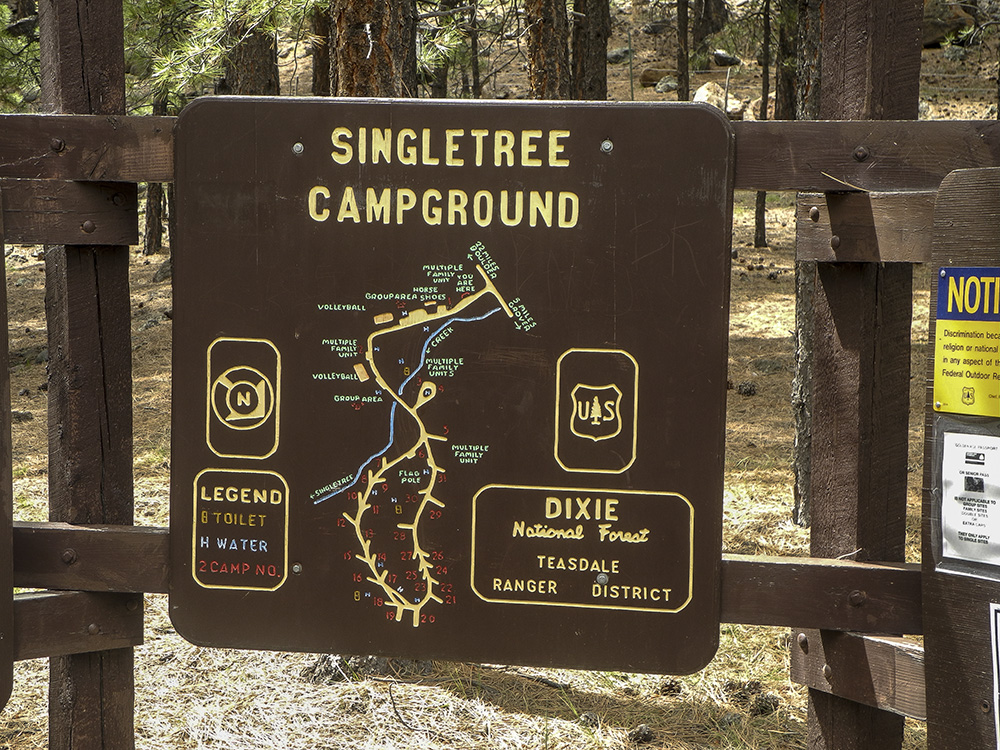
Here’s a basic primer to help you understand the different types of public lands. This has implications for how that land is used and how we as the public get to benefit from and access them, including the opportunity for outfitters to offer guided trips under special use permits in some areas. There are several different designations for federal public lands, and just as many agencies that manage them. That means they’re managed by the federal government, with the public’s tax dollars, and open to… the public. The United States is made up of 2.27 billion acres of land in total, and of that, 640 million acres are federal public lands. The vast majority of the places we play outside-the rivers we float down, the trails we hike, the lakes we camp beside-is public land. Essential Eligibility Criteria for Sea Kayaking TripsĪ Quick Guide to Understanding Our Public Lands.Essential Eligibility Criteria for Hiking Trips.Essential Eligibility Criteria for River Trips.The USFS Recreation Sites overlay, paired with the USFS Roads and Trails overlay and the Satellite base map. The combination gives you a complete look at Forest Service infrastructure that you can overlay on top of any base map. USFS Recreation Sites and USFS Roads and USFS Roads and Tr ails make another great pairing. However, it’s a work in progress, so there may be some sites currently visible on USFS Visitor map that aren’t yet available on the USFS Recreation Sites overlay. The USFS Recreation Sites layer is more up-to-date. Use the USFS Recreation Sites overlay in conjunction with the USFS Visitor map. Scroll down and select “Feature/Weather Overlays.” Select the “USFS Recreation Sites” map and tap the “Add” button. Add the USFS Recreation Site map by tapping the layers icon. The USFS Recreation Sites Layer is available with a Premium Membership across all platforms: iOS, Android, and on.

USFS AND BLM CAMPGROUNDS HOW TO
Get the Best Discount on a Gaia GPS Premium Membership How to Use the USFS Recreation Sites Layer And unlike most national parks, national forests and grasslands are typically pet-friendly. That makes USFS land ideal for hiking, camping, trail running, skiing, and climbing, as well as fishing, hunting, and motorized vehicle use.ĭispersed camping is more likely to be permitted on USFS land than in other, more stringently protected areas.

These areas serve a wide-reaching mission statement, which encompasses conservation and research, as well as multiple-use recreation. Forest Service manages around 193 million acres of the United States as national forests and grasslands. National Forests Lands: Your Best Bet for Dispersed Camping So whether you’re trying to pinpoint a trailhead within a densely vegetated satellite image, or looking for campsites during the first stages of trip planning, this layer will help speed up your search. The clear, intuitive icons stand out on just about any base map and scale as you zoom. The USFS Recreation Sites layer receives constant updates as the USFS adds more sites to the dataset. You can tap on a site to learn about fees, access restrictions, and more. Forest Service campgrounds, trailheads, visitor centers, and other points of interest at high zoom levels, letting you view your options across an entire national forest. Plan trips faster with the USFS Recreation Sites overlay in Gaia GPS.


 0 kommentar(er)
0 kommentar(er)
